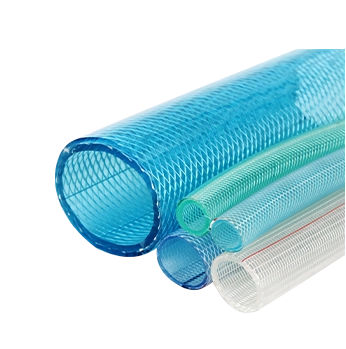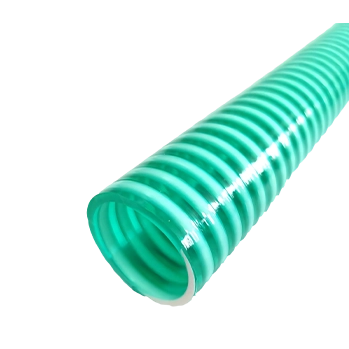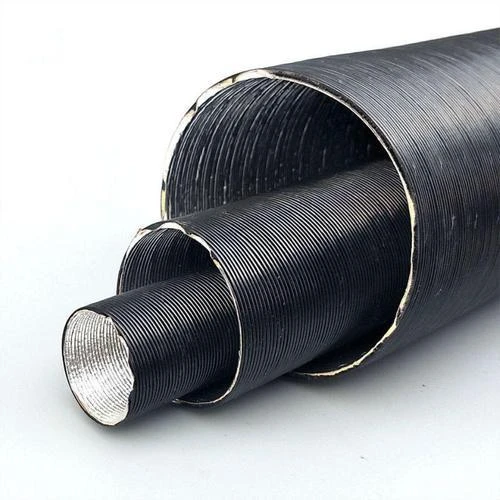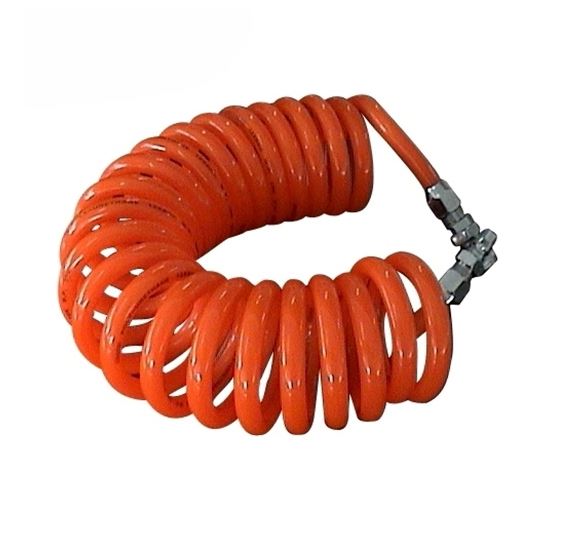Durable PVC Fire Hose for Reliable Performance in Emergency Situations
The Significance of PVC Fire Hose in Fire Safety
Fire safety is a paramount concern in many industries, commercial buildings, and residential areas. A crucial component in combating fires effectively is the fire hose used by firefighters and emergency responders. Among the various types of fire hoses available, PVC (Polyvinyl Chloride) fire hoses have gained significant attention and popularity due to their unique properties and advantages.
PVC fire hoses are primarily composed of polyvinyl chloride, a synthetic plastic polymer known for its durability and resistance to various environmental factors. These hoses are specifically designed to withstand high pressure, making them suitable for delivering massive quantities of water to extinguish fires. One of the standout features of PVC fire hoses is their lightweight nature compared to traditional rubber hoses. This characteristic allows for easier handling and maneuverability during emergency situations, enabling firefighters to respond quickly and efficiently.
The Significance of PVC Fire Hose in Fire Safety
The flexibility of PVC fire hoses also contributes to their effectiveness. These hoses can be easily coiled and stored without losing their structural integrity, ensuring that they are always ready for use. When deployed, PVC hoses remain pliable, enabling firefighters to navigate around obstacles and reach fire hotspots efficiently. This flexibility is particularly beneficial in urban settings, where narrow streets and tight spaces can pose challenges during firefighting efforts.
pvc fire hose
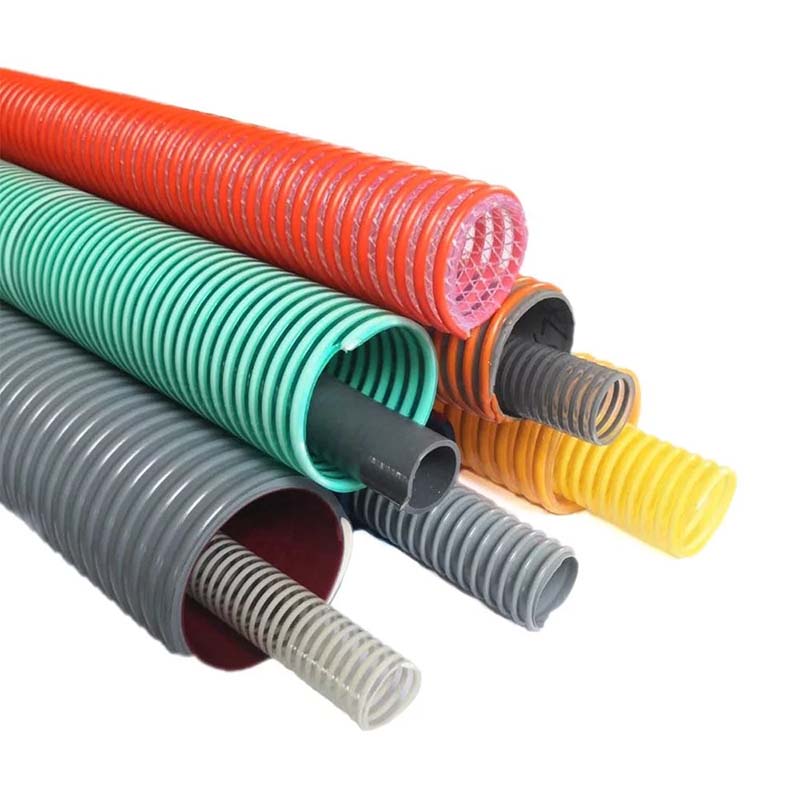
Moreover, the ease of maintenance associated with PVC fire hoses is another significant advantage. Unlike rubber hoses, which may require specific cleaning agents and lengthy drying times, PVC hoses can be easily rinsed and dried without extensive care. This simplicity aids in ensuring that the hoses are always in optimal condition for use, ready to perform when emergencies arise.
Additionally, PVC fire hoses are often designed with color-coded options, which help in their identification and selection during emergencies. Different colors can signify various pressure ratings or functionalities, enabling firefighters to quickly grab the appropriate hose for the situation at hand. This aspect enhances operational efficiency and safety in high-pressure scenarios where time is of the essence.
Despite their many advantages, it's essential to acknowledge that PVC fire hoses do have some limitations. They may be less resistant to extreme temperatures compared to their rubber counterparts. In very hot or cold conditions, PVC can become stiff or lose its elasticity, potentially affecting performance. However, advancements in manufacturing technologies have led to improvements in the formulation of PVC hoses, making them more resilient to temperature fluctuations.
In conclusion, PVC fire hoses play an indispensable role in modern firefighting efforts. Their lightweight design, chemical resistance, flexibility, and ease of maintenance make them a favored choice among firefighters and emergency personnel. While they may have some limitations, the advantages they offer in terms of efficiency and performance cannot be overstated. As fire safety standards continue to evolve, the importance of reliable firefighting equipment, including PVC fire hoses, will remain critical in protecting lives and property from the devastating effects of fire.
-
Top Quality Oxy Acetylene Hoses for Sale Fit for Welding DemandsNewsJul.28,2025
-
The Future of Pneumatic Air Tubes in IndustryNewsJul.28,2025
-
Superior and Reliable LPG Hose Pipe Solutions for Every NeedNewsJul.28,2025
-
Exceptionally Durable and Versatile Premium Braided PVC TubingNewsJul.28,2025
-
Best Adapters for Connecting Garden Hose to PVC Pipe ConnectionsNewsJul.28,2025
-
The Essential Role of LPG Hoses in Safe and Efficient Gas DistributionNewsJul.16,2025



